How to Design an Outfit: A Step-by-Step Guide for Beginners
Although creating an ensemble that seems effortlessly attractive can seem difficult, everyone can learn how to do it. This tutorial uses straightforward language and stays away from jargon to cut the procedure down into manageable steps. We'll go over everything from figuring out your body type to becoming an expert at accessorizing and color combination. Now let's begin!
1. Understanding Your Body Type
Understanding your body type is essential before delving into particular components. This is about identifying your dimensions and selecting styles that accentuate your figure, not about fitting into arbitrary categories. Several typical physique kinds are as follows:
- Rectangle: Shoulders, waist, and hips are roughly the same width. The goal is to create curves and define your waist. Consider A-line skirts, belted dresses, or tops with ruffles or peplums.
- Triangle (Pear): Hips that are wider than shoulders. By directing attention upward with dramatic necklaces, structured coats, or bold tops, you may balance your proportions. To balance your lower body, choose for bootcut jeans or A-line skirts.
- Inverted Triangle: Shoulders that are wider than hips. Add volume to your lower body with wider-leg jeans, flared pants, or A-line skirts to achieve balance. To lessen the emphasis on broad shoulders, opt for dresses or tops with V necklines.
- Hourglass: Balanced shoulders and hips with a defined waist. This body type is naturally curvy, so emphasize your waist with belts, fitted tops, and dresses that cinch at the waist.
- Round/Apple: The midsection bears the brunt of the weight. Empire waistlines, A-line dresses, and V-neck tops all help to create a longer, thinner shape. Steer clear of clothes that is too tight and choose for materials that drape well.
Understanding what silhouettes suit you best is more important than following a set of rules when determining your body type. Try several things and see what gives you comfort and confidence.
2. Defining Your Style
After you have a better understanding of your body, think about your own style. Which aesthetic appeals to you the most? Do you prefer modern minimalism, bohemian flair, traditional elegance, or something else? For ideas, look through fashion publications, Instagram, or Pinterest. Determine which styles appeal to you and which essential components—colors, textures, and silhouettes—you adore.
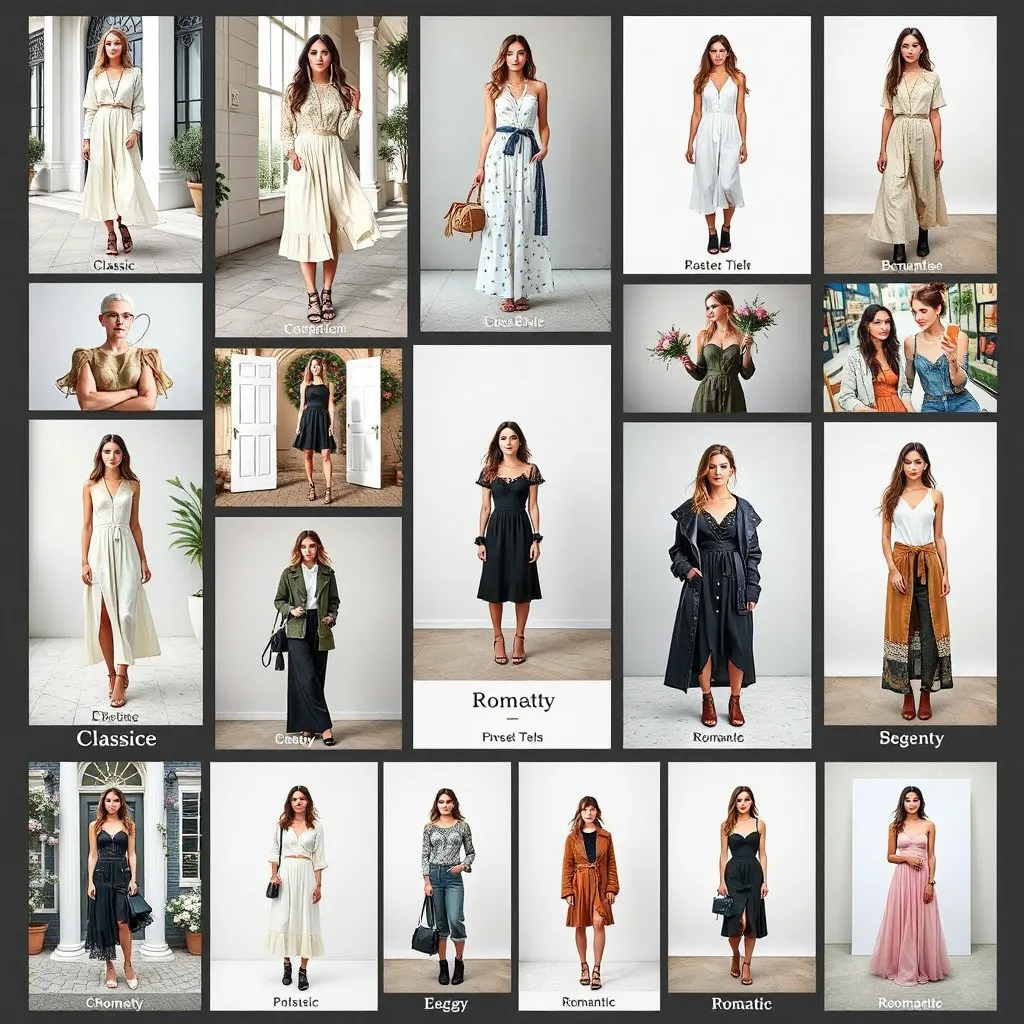
Making a mood board for your style can be quite beneficial. Gather pictures that exemplify the style you want. This graphic guide will be used as a point of reference for choosing clothing and accessories.
3. Choosing Colors and Patterns
Color has a big impact on how an ensemble looks. You may make combinations that are harmonious and attractive by having a solid understanding of color theory.
- Complementary Colors: Colors that are opposite one another on the color wheel, such as orange and blue or red and green. High contrast and visual appeal are produced by these.
- Analogous Colors: colors that are adjacent to one another on the color wheel, such as green, blue, and blue-green. These produce a calming and harmonizing impact.
- Monochromatic Colors: The same hue in different tints and shades (for example, several shades of blue). These produce a refined and cohesive appearance.
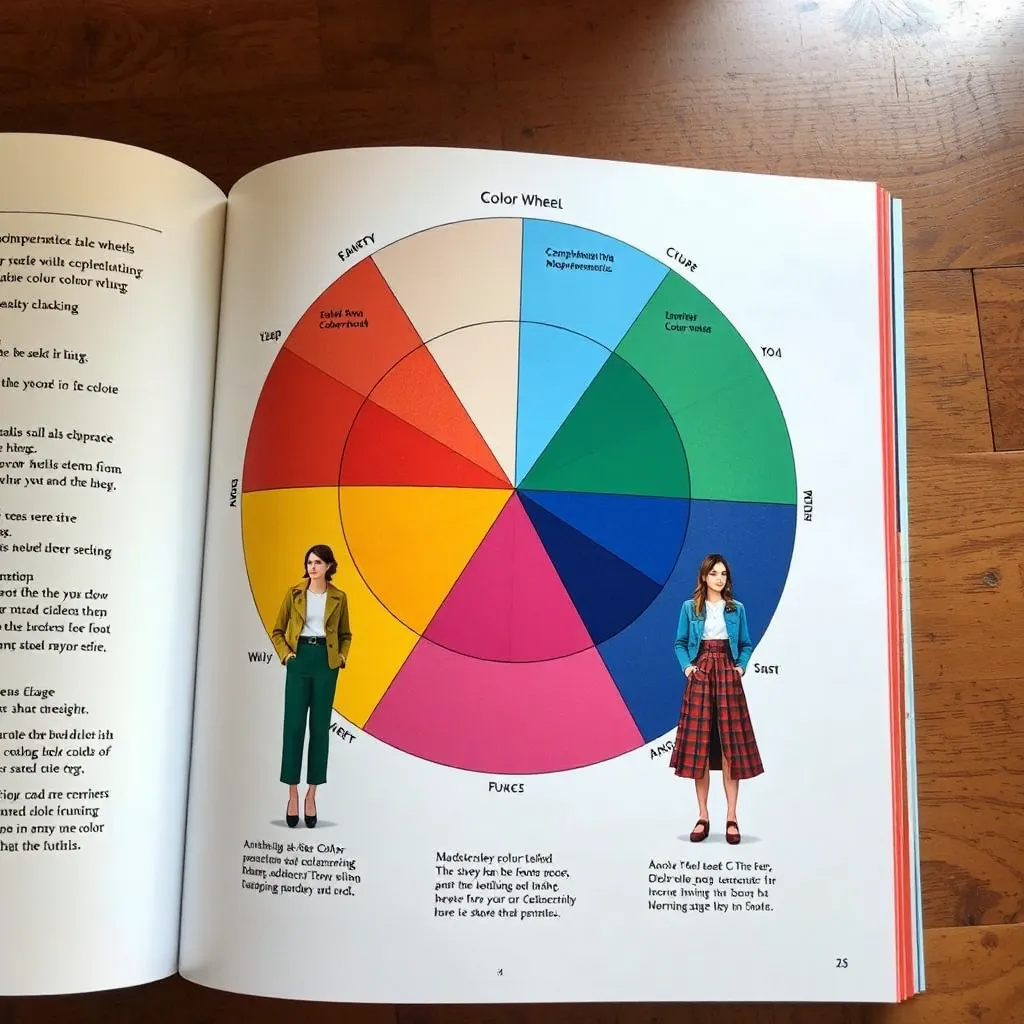
Additionally, patterns might provide your ensemble visual interest. Take into account the pattern's size and style; large, bold patterns create a statement, while smaller prints might be more understated. To prevent overpowering the eye, keep in mind to balance patterns with solid hues.
4. Selecting Garments
Choosing your outfit is the exciting part now! Begin by assembling the basic components:
- Top: Think about the fit, sleeve length, and neckline. Boat necks flatter wider shoulders, but V-necks lengthen the neck. Try a variety of sleeve lengths to see what works best for your arms.
- Bottom: Your body type and the overall style you want to achieve will determine the bottoms you should buy. The options are endless: jeans, skirts, and pants!
- Dress: A dress serves as a one-stop shop for an entire ensemble. Think about the length, fabric, and cut. Comfort and style may coexist in a well-fitting dress.
- Outerwear: Another layer of warmth and style is added with coats, cardigans, and jackets. Make sure your clothing matches your ensemble and shields you from the weather.
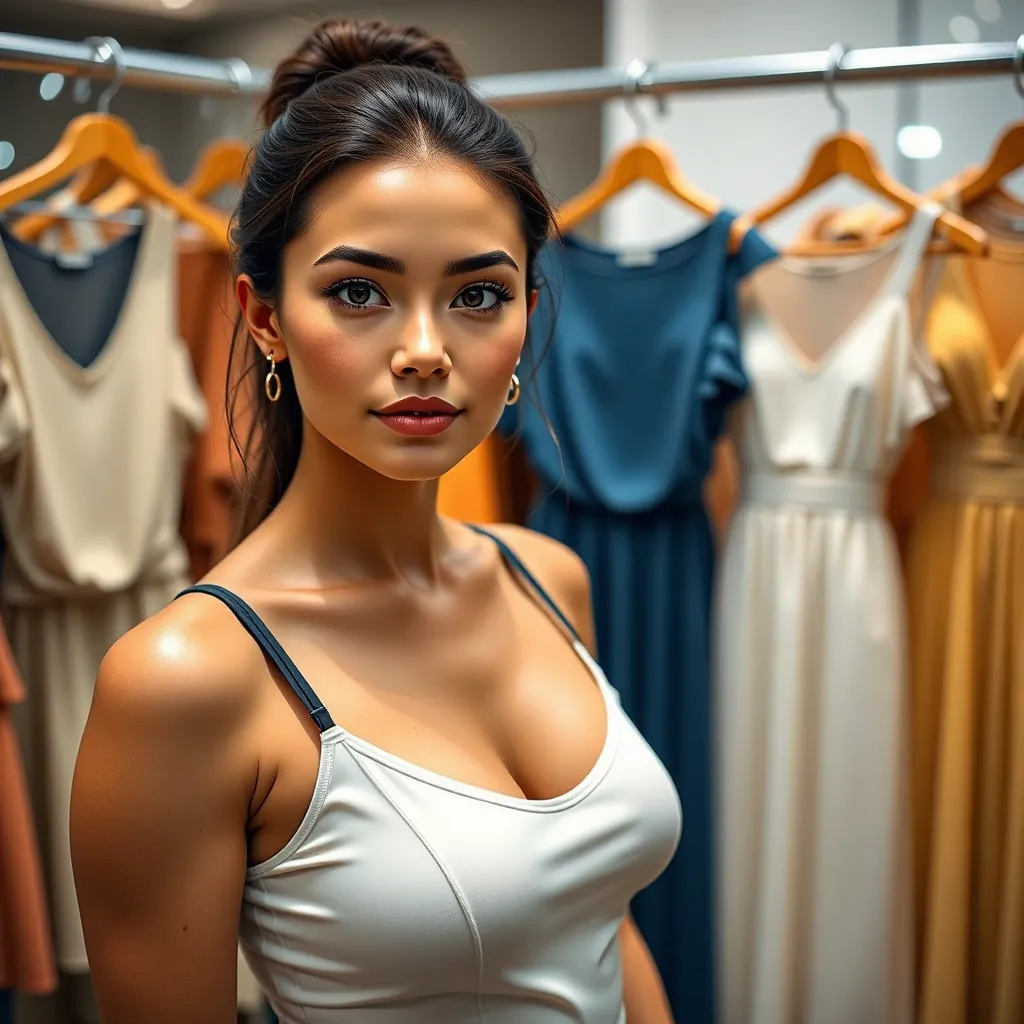
The event, the weather, and your own tastes should all be taken into account while choosing clothing. Never forget that comfort is essential! You ought to feel secure and at ease with your attire.
5. Mastering Accessories
The last touches that make your ensemble stand out are accessories. They can significantly alter the overall appearance and add personality.
- Jewelry: Rings, bracelets, earrings, and necklaces can all lend a little glitz and refinement. Select jewelry that goes well with your attire and sense of style.
- Belts: Belts provide an ensemble structure and define the waist. Try a variety of sizes and styles to see what suits you the best.
- Shoes: Shoes are crucial – they complete the look and affect your overall comfort. Choose shoes that are appropriate for the occasion and complement your outfit.
- Bags: Style and functionality are added by totes, purses, and handbags. Select a bag that fits your ensemble and holds the things you need.
- Scarves: Scarves give your ensemble texture, color, and warmth. Try a variety of textiles and designs.
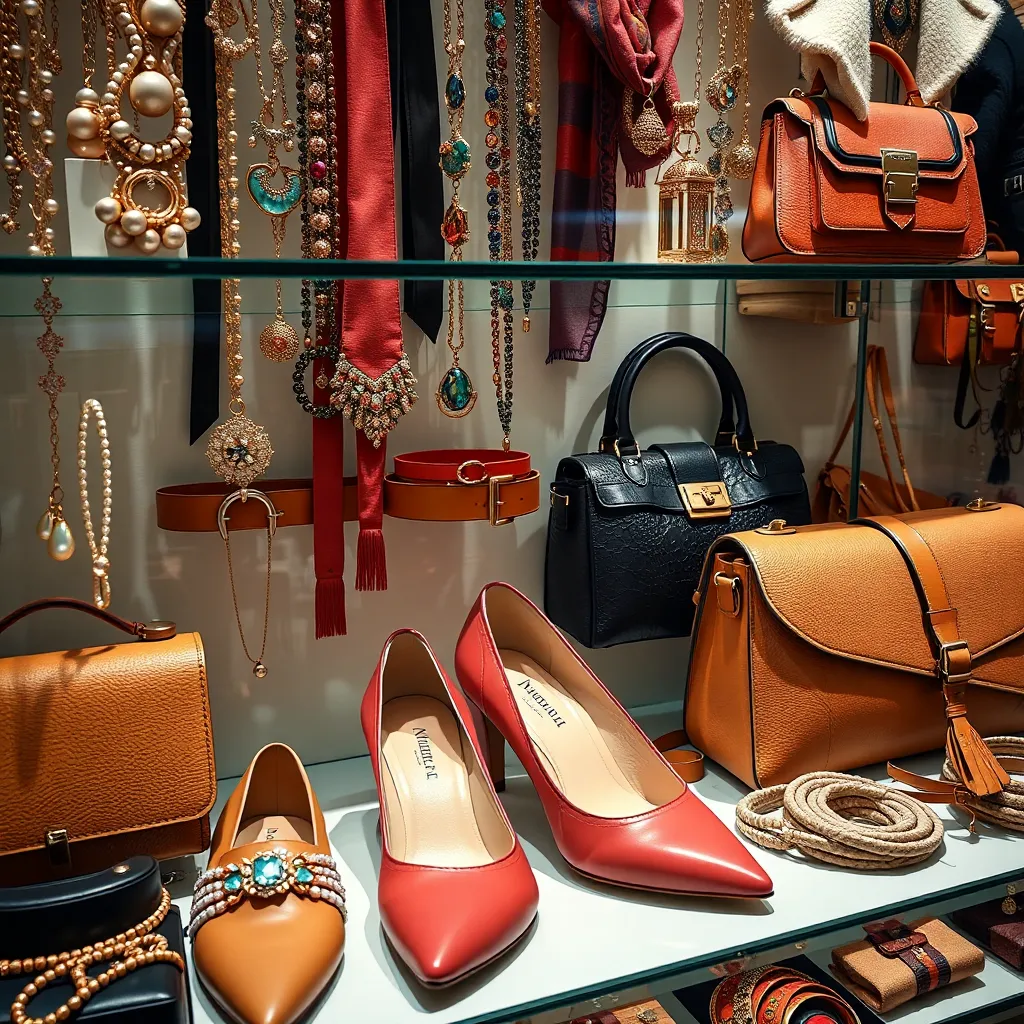
Don't be scared to try out different accessories! They're a fantastic way to show off your individuality and give your clothes a distinctive look.
6. Putting It All Together
It's time to put all of your selected components together. Think on the harmony and balance of the entire ensemble. Does everything function as a whole? Are there any patterns or colors that clash? Does the ensemble suit your style and body type?
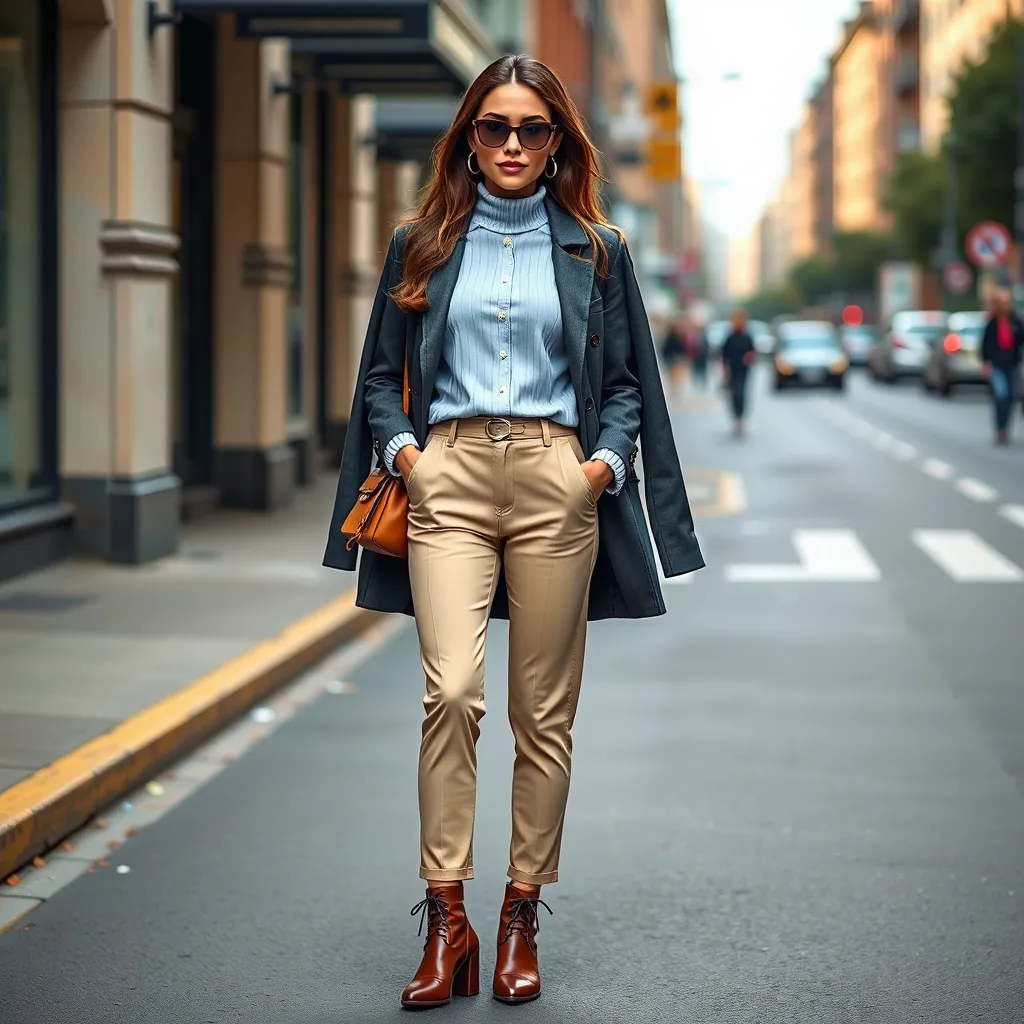
Ask a family member or close friend for their viewpoint if you're not sure. A new viewpoint can be beneficial!
7. The Final Touches
Take one last glance at yourself in the mirror before leaving. Do you like the way you look? Do you feel at ease and confident? You're all set to go if so!
FAQ
Q: How can I find my personal style?
A: Examine various styles on Instagram, Pinterest, and mags. Take note of the things that appeal to you and make a mood board to help you envision your dream look.
Q: What if I don't know my body type?
A: Try on various outfits and see which ones fit your body the best. To determine your shape, you can also look at body type resources online that include pictures.
Q: How can I mix and match different patterns and colors?
A: Add one or two statement pieces with patterns or striking colors after starting with a neutral basis. Create harmonious combinations by using the color wheel as a guide.
Q: What are some essential wardrobe staples?
A: Great starting points include a classic white shirt, a little black dress, a versatile blazer, a pair of well-fitting trousers, and comfy shoes.
Q: How can I stay updated on the latest fashion trends?
A: Follow fashion blogs, magazines, and influencers on social media. However, remember to focus on incorporating trends that align with your personal style and body type. Don't feel pressured to follow every trend.
Q: What if I'm on a budget?
A: For reasonably priced apparel, check out sales, thrift stores, and consignment stores. Make an effort to purchase well-made, adaptable items that may be combined to create a variety of looks.This thorough manual offers a strong basis for outfit design. Never forget that having fun and expressing your unique flair is what matters most! Try new things, grow from your errors, and above all, have faith in your wardrobe choices.



.png)
0 Comments